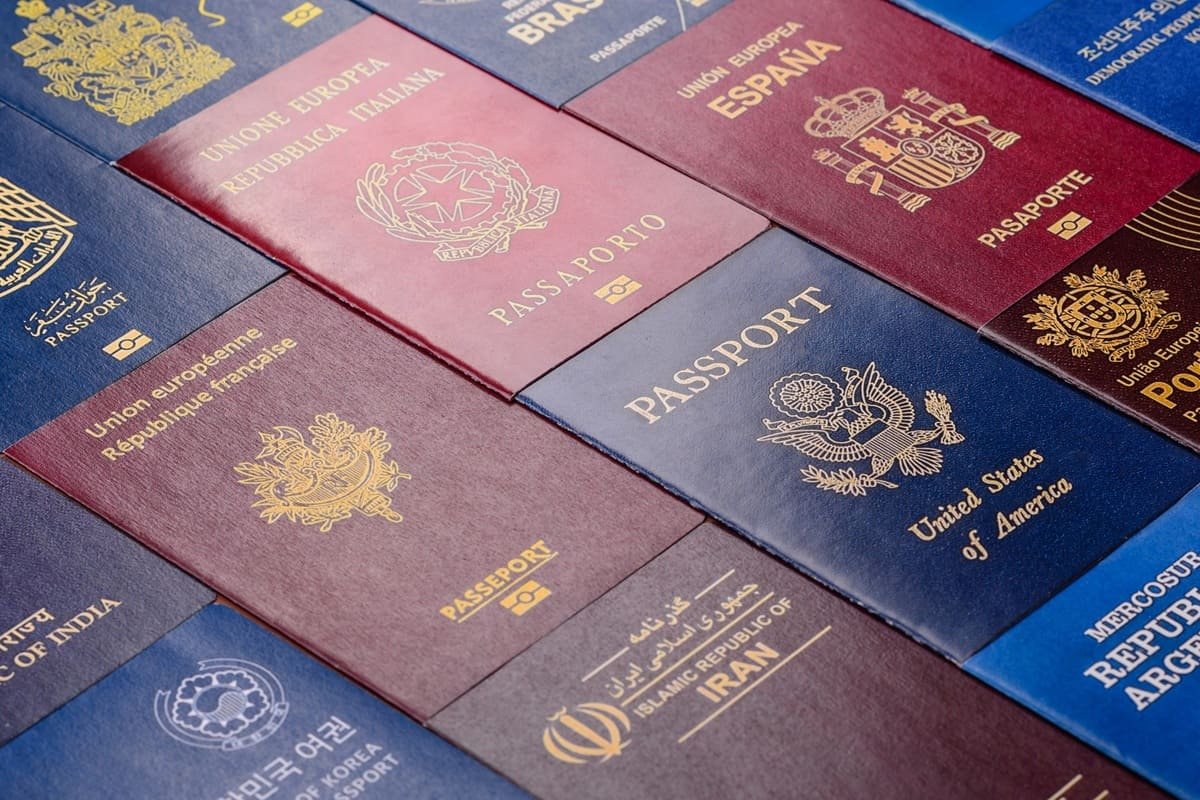Every six months, the firm Henley & Partners analyzes global trends in mobility, citizenship, and visa policy. At the heart of their research is the Henley Passport Index, a leading ranking that measures a passport’s “power” based on the number of destinations its holders can enter without a prior visa or with a visa on arrival.
This data, compiled from IATA’s Timatic database, provides an accurate snapshot of how open each country is to the world. But beyond the numbers, the report has become a valuable geopolitical tool, it sheds light on international ties, tensions, and the shifting dynamics of global diplomacy.
The October 2025 edition confirms the continued dominance of several Asian countries, which hold the top spots thanks to their wide access to over 190 visa-free destinations.
Other countries, however, have seen slight declines. This includes some Western powers that have dropped a few places in the ranking due to diplomatic shifts or tighter visa policies. It reflects a broader trend: passport competitiveness is now fluid and closely tied to the quality of each nation’s bilateral relationships.
Top 10 most powerful passports in 2025
According to the official October 2025 ranking, the top 10 passports are:
| Rank | Country | Visa-free destinations |
|---|---|---|
| 1 | Singapore | 193 |
| 2 | South Korea | 190 |
| 3 | Japan | 189 |
| 4 | Germany, Italy, Luxembourg, Spain, Switzerland | 188 |
| 5 | Austria, Belgium, Denmark, Finland, France, Ireland, Netherlands | 187 |
| 6 | Greece, Hungary, New Zealand, Norway, Portugal, Sweden | 186 |
| 7 | Australia, Czech Republic, Malta, Poland | 185 |
| 8 | Croatia, Estonia, Slovakia, Slovenia, United Arab Emirates, United Kingdom | 184 |
| 9 | Canada | 183 |
| 10 | Latvia, Liechtenstein | 182 |
This ranking confirms Europe’s dominance, with six out of the top ten positions held by European countries. Asia, led by Singapore, South Korea, and Japan, continues to hold a strong lead in global mobility.
The United States, tied at 12th place with Malaysia, now grants visa-free access to 180 destinations, putting it behind most major European countries. By comparison, China ranks 64th with just 82 visa-free destinations.
The U.S. decline: a political turning point
The October 2025 report dives into the reasons behind America’s slide down the rankings.
According to Annie Pforzheimer, senior associate at the Center for Strategic and International Studies (CSIS) in Washington, this decline “is rooted in politics.”
Even before a second Trump presidency, US policy had turned inward. That isolationist mindset is now being reflected in America’s loss of passport power.
This posture has particularly strained relations with developing nations, especially in Africa and the Middle East. Under the Trump administration, nationals from twelve countries were barred from obtaining U.S. visas altogether. Seven others faced heightened restrictions, and up to 36 additional countries, a majority in Africa, were threatened with similar measures.
Some African travelers are now required to post a refundable bond ranging from $5,000 to $15,000 to enter the U.S. A new “Visa Integrity Fee” of $250 is also expected to be introduced for most non-immigrant visa applications. On top of that, the fee of the Electronic System for Travel Authorization (ESTA) nearly doubled on September 30, 2025, rising from $21 to $40.
Taken together, these policies, combined with a more closed-off political discourse, reflect a strategic retreat that is weakening the United States’ diplomatic reach and eroding its soft power in the mobility arena. According to Henley & Partners, this trend signals a broader historical shift: as global mobility continues to expand, the U.S. appears to be turning away from its international influence, risking a slow but steady decline in the prestige once associated with its passport.



I wish my country was there 😢
Humm… There is 32 visa in the top 10
Humm… Count again.